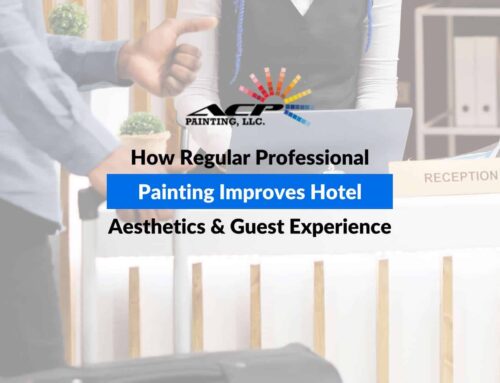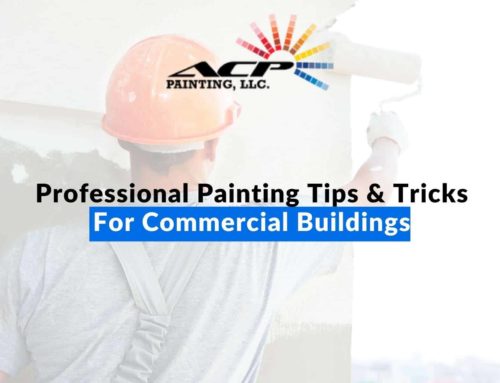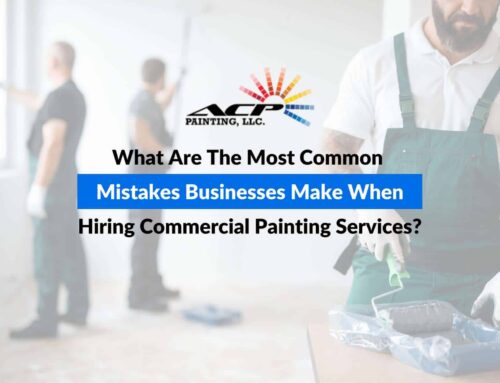Meeting Local, State & Federal Standards In Commercial Painting Projects
If you’re planning to paint your business, your main goal is probably to create a fresh visual impact. You know that a well-painted space projects a more polished image to your clients, which in turn elevates your brand’s reputation. However, it’s not just about aesthetics. There’s another aspect with even greater long-term implications, one that business owners often underestimate: regulations.
Essentially, when you hire professional painting services, they ensure that your project complies with all applicable standards. Local, state, and federal! That’s why doing it professionally not only gives you the outstanding look you want, but also keeps everything in full compliance. Here’s why that matters.
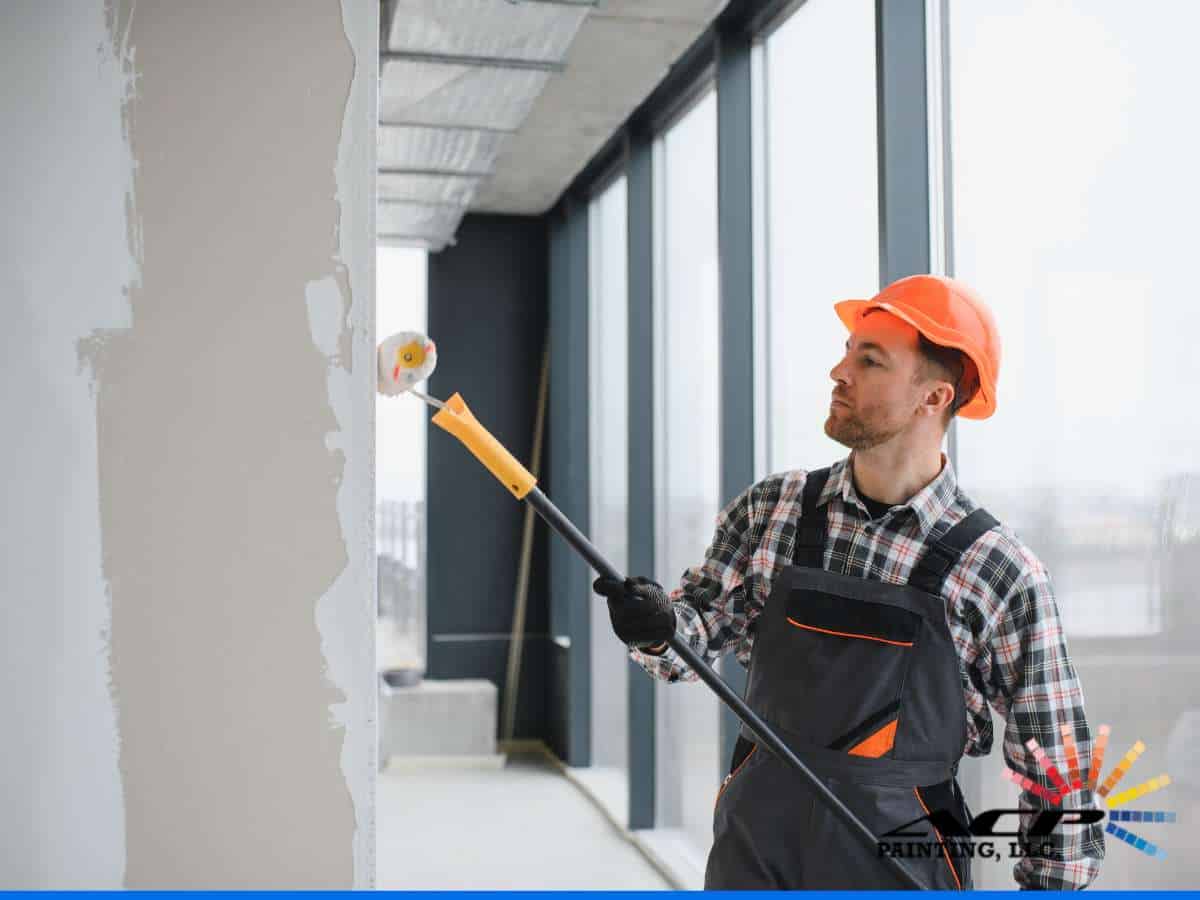
The Importance Of Safety In Commercial Painting
Safety regulations in painting are not arbitrary. They exist to protect workers, building occupants, and business owners. Painting projects in commercial spaces often involve working at heights, handling potentially hazardous materials, and using equipment that requires training. Without strict safety measures, these tasks can become high-risk.
- The Occupational Safety and Health Administration (OSHA) has outlined requirements for fall protection, ladder use, and respirator safety.
- Similarly, the Environmental Protection Agency (EPA) regulates how contractors must handle older buildings that might contain lead-based paint.
Failing to comply with these rules can expose businesses to legal penalties, lawsuits, and serious health hazards. For instance, by hiring experienced commercial painters, companies secure a team trained to follow these essential safety standards. Thanks to this, the risks that could disrupt operations—and ultimately cost your business money—are minimized.
Compliance With OSHA Standards
One of the most significant areas where commercial painting intersects with regulations is OSHA compliance. OSHA establishes detailed requirements to prevent accidents, such as:
- Fall Protection: Painters working on scaffolding, lifts, or ladders must use proper harnesses and guardrails.
- Respiratory Protection: When working with coatings that release fumes, respirators are mandatory.
- Hazard Communication: Workers must be informed of any hazardous chemicals present in paints, thinners, or cleaners.
Therefore, how can businesses make sure their painting projects are safe and compliant? Hiring trained professionals ensures that every stage of the project follows proper safety measures, protecting workers and reducing liability for the business owner.
Managing Hazardous Materials Safely
Commercial buildings often contain substances that require special handling. Lead-based paint, found in structures built before 1978, is one of the most regulated materials in the painting industry. Disturbing lead paint without proper containment can contaminate a workspace and endanger anyone nearby.
While house painters typically focus on aesthetics and routine maintenance, commercial projects require much more attention to safety protocols, hazardous material handling, and regulatory compliance.
Contractors with EPA Lead-Safe Certification know how to test for lead, seal off affected areas, and dispose of hazardous materials responsibly, ensuring that all federal safety guidelines are met while protecting employees and visitors from toxic exposure.
The handling of volatile organic compounds (VOCs) is another regulatory concern. Proper ventilation and the use of low-VOC paints can significantly reduce risks to indoor air quality.
Scaffolding & Equipment Regulations
Large commercial projects frequently require scaffolding, lifts, and other specialized equipment. Poorly constructed or improperly managed scaffolding is one of the leading causes of accidents in construction and painting.
The American National Standards Institute (ANSI) sets guidelines for scaffolding design, assembly, and use. Certified painting contractors adhere to these requirements to create a secure work environment. This compliance not only prevents accidents but also ensures the project progresses without costly delays caused by safety violations.
Insurance & Liability Protection
Even with the strictest safety measures in place, accidents can still happen. That’s why reputable contractors carry worker’s compensation and liability insurance. For business owners, working with insured painting contractors reduces exposure to lawsuits or financial burdens if an incident occurs on the job site.
Insurance is proof that a contractor values accountability and professionalism. It reflects a long-term commitment to protecting clients, employees, and the business itself!
Fire Safety & Flammable Materials In Commercial Painting
Paints, thinners, and cleaning solvents are often flammable, creating additional risks in commercial environments. Proper storage, safe disposal, and careful handling of these materials are required by both OSHA and fire safety regulations.
Certified contractors understand how to minimize these hazards. They store flammable products in fireproof containers, maintain safe distances from heat sources, and ensure that extinguishers are readily available on-site. These preventative measures protect your property and maintain compliance with fire codes.
Enhancing Workplace Morale & Productivity
Safety compliance shapes workplace culture. When employees see that their employer invests in safe practices and professional painters, they feel valued and protected. For example, a safe environment increases productivity by:
- Reducing downtime caused by accidents or regulatory interventions.
- Creating healthier conditions that allow workers to focus.
- Demonstrating to clients and visitors that the business is reliable and trustworthy.
Fostering a culture where safety comes first allows businesses to protect their workforce, enhance overall efficiency, and build stronger relationships with clients. Investing in professional, compliant painting services is a key step toward long-term success and a positive workplace environment!
Quality Assurance Through Certification
Beyond compliance, certifications like ISO 9001 and SSPC demonstrate a contractor’s commitment to quality management and consistent results. Businesses that partner with certified contractors can expect not only a safe process but also a polished final product that stands the test of time.
These certifications reflect rigorous training in surface preparation, coating applications, and inspection standards, all of which directly benefit the client. By hiring local painters with recognized certifications, businesses ensure they’re getting both compliance and craftsmanship.
Why Businesses Should Prioritize Safety-First Painting Services
Cutting corners in painting projects may save costs upfront, but the risks far outweigh the benefits. Non-compliance can lead to serious consequences, including:
- Hefty fines for failing to meet federal, state, or local safety regulations.
- Project delays caused by accidents, inspections, or rework.
- Reputational damage that undermines client trust and employee confidence.
On the other hand, working with experienced professionals provides peace of mind that your project is safe, compliant, and executed at the highest level of quality.
A business that demonstrates commitment to safety builds credibility with clients, employees, and regulators alike. It’s a clear signal that the company values both people and professionalism, ensuring long-term success and a positive work environment.
Protecting People, Property & Business Reputation
Commercial painting is a process that requires strict adherence to safety regulations. Every detail matters! Businesses that partner with skilled, certified professionals safeguard their employees, customers, and reputation while achieving a polished, long-lasting result.
If you’re ready to enhance your space while ensuring full compliance with safety standards, trust our expert commercial painters at ACP Painting. Let us bring professionalism, accountability, and safety-first service to your next project. Contact us!
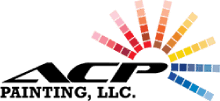
Maricopa
20987 N John Wayne Pkwy
Maricopa, AZ 85139
Phone: 480-785-6323
Scottsdale
8350 E Raintree Dr Ste 215,
Scottsdale, AZ 85260
Phone: 480- 764-3735
